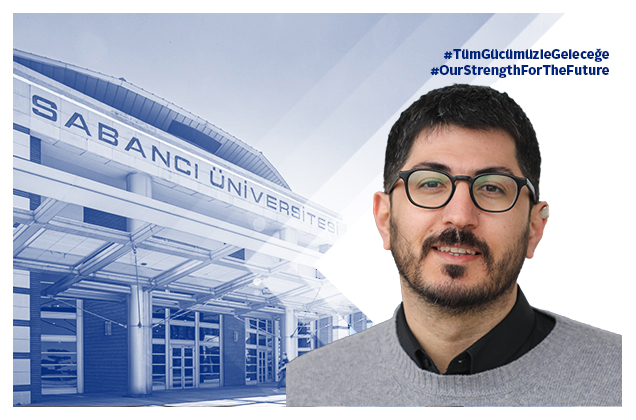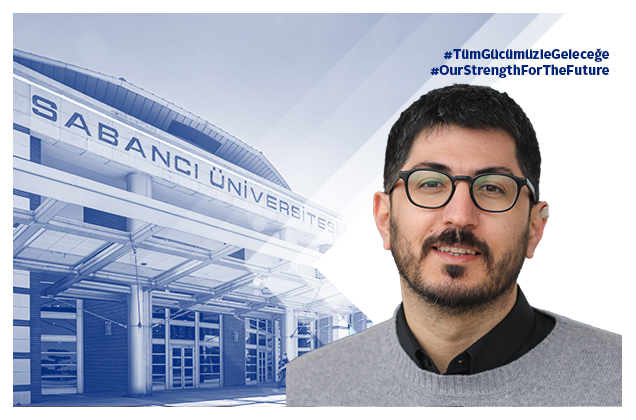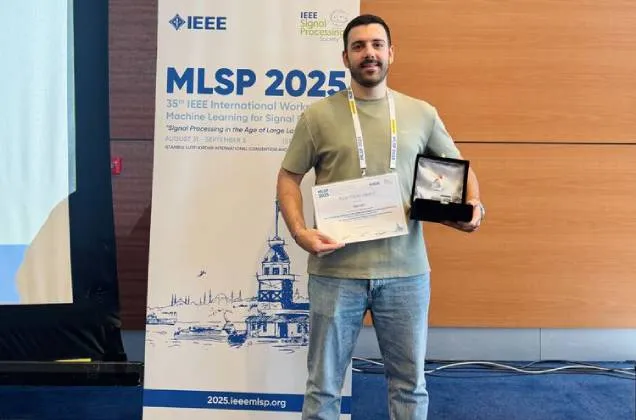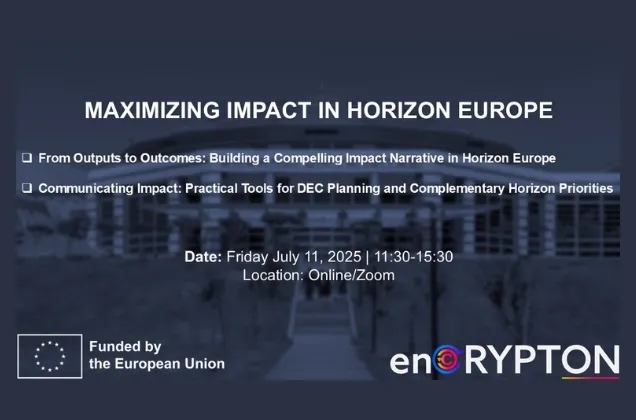19/02/2024
The project, led by Sabancı University Faculty of Engineering and Natural Sciences (FENS) Faculty Member Morteza Ghorbani, receives support within the scope of TÜBİTAK 2247- Leading Researchers Support Program (2247-B European Research Council (ERC) Projects Strengthening Support). Morteza Ghorbani explains the details of the project to GazeteSU.

The project of Morteza Ghorbani is entitled “Cavitation on a Chip Concept Decoding”. The project aims to study the physics of cavitation at a micro scale by examining the artificially created nucleation sites within the medium.
Talking about how the motivation behind the project, Morteza Ghorbani said, “The physics of cavitation at the microscale differs from that observed at the macroscale. Specifically, surface effects and nucleation sites are the primary factors that have a significant influence at the microscale. This is the primary motivation for pursuing this research.”
Highlighting the aim of the project and how it will contribute to the industry, Ghorbani said the following: “My objective is to reveal the governing fundamentals that trigger the formation and subsequent collapse of bubbles at a micro scale. I intend to use this knowledge for practical purposes, particularly in utilizing the energy released during bubble collapse. Understanding the physics of this complex phenomenon will allow the utilization of this concept in several applications, including wastewater treatment and the exfoliation of 2D nanomaterials.”
Noting that the project involves very important findings, Ghorbani continued as follows:
“The project tackles a highly important, yet very challenging issue of the mechanisms involved in cavitation on a chip concept. This is the very first study aiming to reveal the complex nature of microscale cavitation from inception to collapse by confining the size of the cavity clouds, hence, mitigating the chaotic features of the cavity dynamics, and hence, better controlling the process. Once cavitation on a chip and its dynamics are decoded, it is possible to benefit from the advantages of this environmentally friendly approach in other applications where there needs to be the energy released from the cavitation collapse. Therefore, the success of the project will open new avenues in developing futuristic technologies for eco-friendly and scalable production of 2Ds, which is very timely and important for a wide range of applications, from the purification of water to the drag delivery.”




